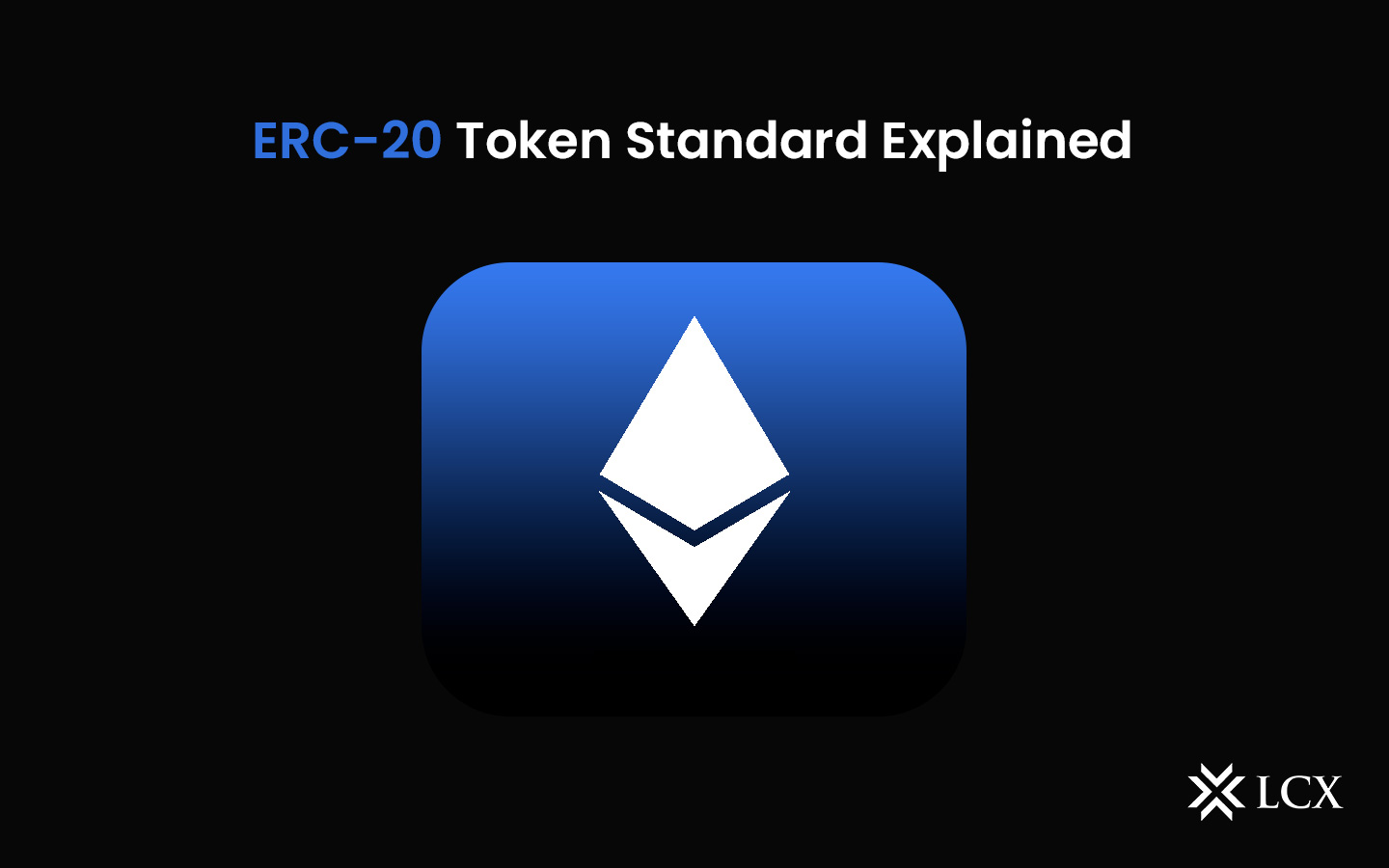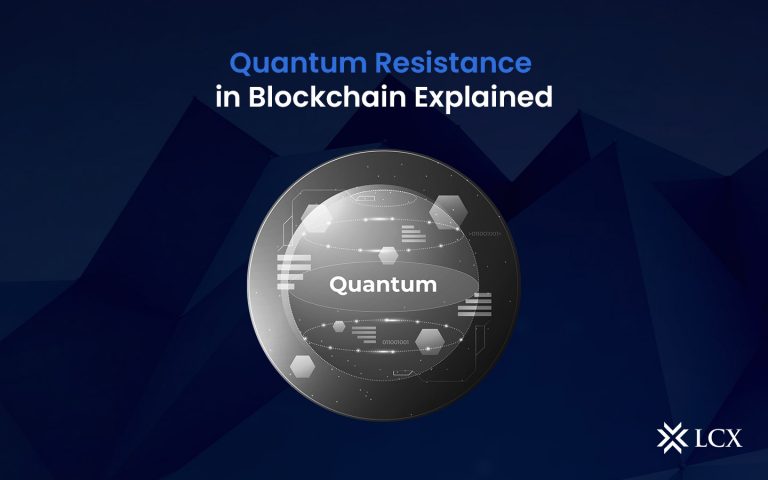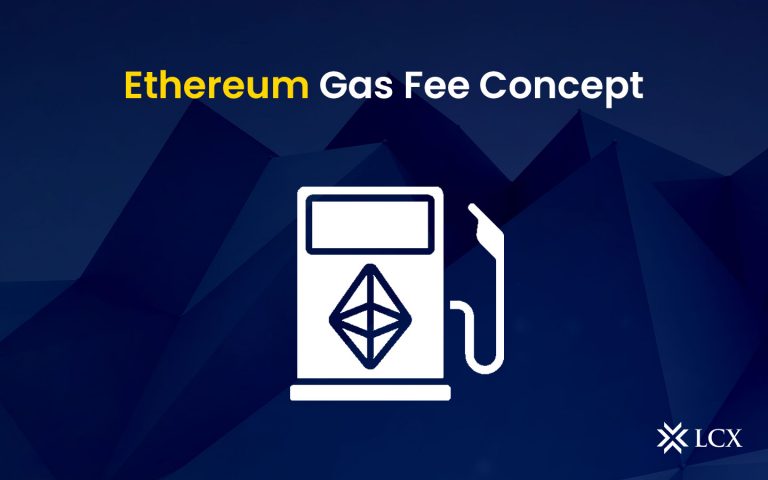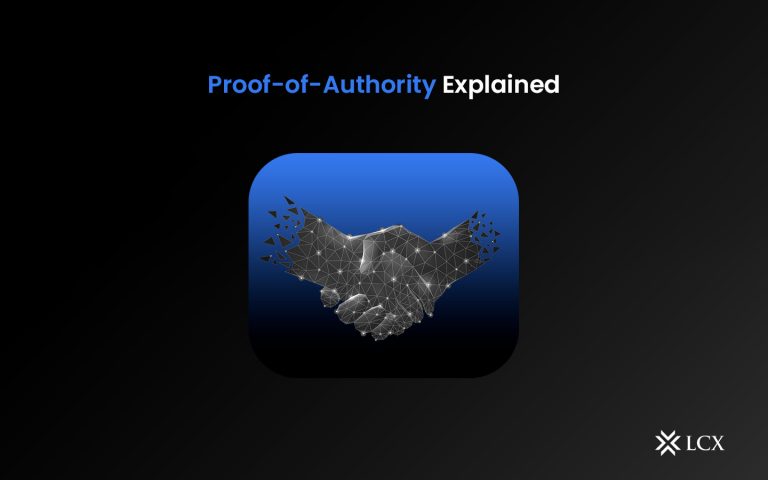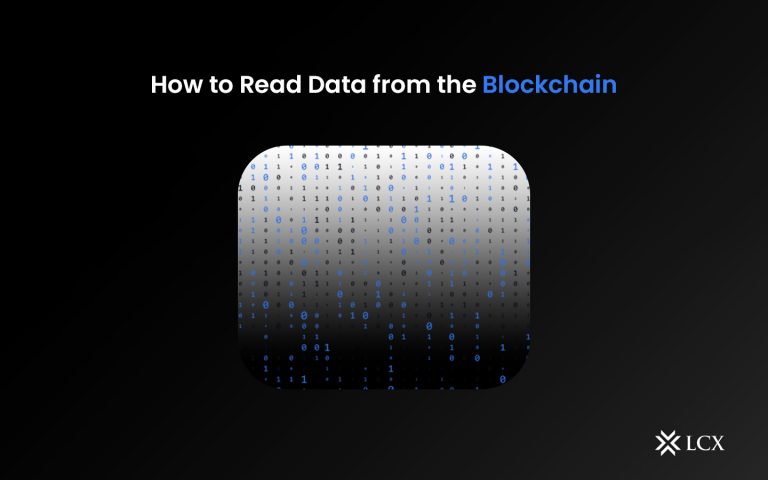ERC20 is a specification for the development and deployment of smart contracts on the Ethereum blockchain. ERC20 tokens are digital tokens that reside on the Ethereum blockchain and adhere to the aforementioned standards.
The Ethereum blockchain was designed specifically for smart contracts, which are virtual agreements that can be programmed to execute automatically under certain conditions. This feature enables the creation of a wide variety of new decentralized applications, and as a result, many platforms and their tokens are created on top of the Ethereum blockchain. On it, many of the most popular utility tokens and decentralized finance (DeFi) applications are developed. However, developers must adhere to certain standards (ERC20) if they want their tokens to be approved by the network.
What Is the ERC-20 Standard?
ERC-20 is a technical standard used on the Ethereum Blockchain for smart contracts. It is an acronym for “Ethereum Request for Comment 20” and was proposed in 2015 by Fabian Vogelsteller. Developers can establish their own tokens on this blockchain by adhering to the ERC-20 standard. This standard facilitates the creation and deployment of tokens by providing a common set of interfaces and functions that can be used by various token contracts. This implies that ERC-20 tokens are interoperable and can be traded on Ethereum-based decentralized exchanges (DEXs).
The Ethereum Blockchain is a decentralized platform that enables developers to construct and deploy decentralized applications (dApps), smart contracts, and digital tokens. Developers must adhere to the ERC-20 standard in order to establish their own digital tokens on the Ethereum Blockchain. These tokens represent numerous assets, including utility tokens, security tokens, and stablecoins. ERC-20 tokens are fungible, meaning that they can be exchanged for other tokens of the same type and value. For instance, a single ERC-20 token for a specific project has the same value as any other token of that project. This is due to the fact that all ERC-20 tokens share the same properties, such as a name, symbol, and decimals, as well as functions, such as transferring tokens between addresses and verifying an address’s balance.
ERC-20 tokens can represent any type of asset, including utility tokens, security tokens, and stablecoins such as Tether (USDT) or USD Coin (USDC). They can be used for fundraising for a new project, creating a loyalty programme for a business, or granting access to a specific service or product.
The ERC-20 standard specifies six required and three optional functions that developers must include in their smart contract code in order to generate an ERC-20 token. These functions include:
TotalSupply: This function returns the entire number of tokens that have been generated for a specific project.
BalanceOf: This function returns the token balance held by a specified address.
Transfer: This function enables an address to transmit tokens to another address.
Approve: With this function, an address can authorize another address to spend tokens on its behalf.
TransferFrom: This function enables an address to receive tokens from another address that has granted permission for the transfer.
Allowance: This function returns the number of tokens an authorized address is permitted to spend on behalf of another address.
The three optional functions that developers can add to the contract code for ERC-20 tokens are:
Name: The function returns the token’s name.
Symbol: This function returns the token’s emblem (typically a few letters or characters representing the token).
Decimals: This function returns the number of decimal digits that the token can be divided into.
In addition to the six required and three optional functions, developers can add additional functions and features to ERC-20 token contracts. Time-based restrictions on token transfers or special incentive structures for early adopters are examples of additional features.
Notably, while ERC-20 has become the most prominent standard for creating tokens on Ethereum, there are other token standards, such as ERC-721 and ERC-1155. Each of these standards has its own distinct characteristics and use cases, but ERC-20 remains the most popular and widely adopted standard.
Notably, ERC-20 tokens require the Ethereum network in order to function. When you send an ERC-20 token from one address to another, you will be required to pay a small quantity of ETH (in the form of gas fees) to cover the cost of processing the transaction on the network.
How Does ERC20 Work?
ERC20 is a standard protocol, not a piece of software or a program. The ERC20 protocol governs the creation of new tokens, ensuring that they conform to the necessary technical requirements. If a token does not adhere to the technical specifications specified by ERC20, it will not meet the definition of an ERC20 token and will not be issued on the network.
It may be useful to compare ERC20 to HTTP, the Hypertext Transfer Protocol used by websites. HTTP specifies how internet messages are formatted and transmitted, as well as how servers and web browsers should respond to various commands.
Similarly, ERC20 specifies the essential characteristics and functionality of tokens based on Ethereum. Uncompliant tokens cannot be issued, transferred, or listed on exchanges.
The ERC20 Standard
To utilise ERC20 tokens, smart contracts must adhere to the applicable ERC standards. Currently, there are nine laws, and six of them are mandatory. The remaining three are optional. These consist of:
|
Mandatory Rules |
Optional Rules |
|
Allowance |
Token Name |
|
Approve |
Decimal (MAX:18) |
|
TransferFrom |
Symbol |
|
Transfer |
|
|
BalanceOf |
|
|
TotalSupply |
These principles must be incorporated into a token’s code for it to qualify as ERC20. Without explicit instructions for these rules or standards, the token would not be able to interact with smart contracts effectively, which could result in a variety of problems.
Conclusion
The ERC-20 token standard has played a pivotal role in the evolution of blockchain technology and the Ethereum ecosystem. Its simplicity, interoperability, and flexibility have enabled the creation of diverse tokens that power a wide array of decentralized applications. As the blockchain space continues to grow and evolve, the ERC-20 standard will remain a fundamental building block, and its influence will extend beyond this network into other blockchain networks. Understanding ERC-20 tokens is crucial for anyone interested in the world of blockchain and cryptocurrency, as they continue to shape the future of finance, gaming, and digital asset ownership.
